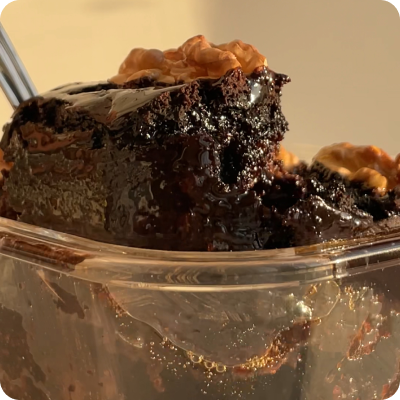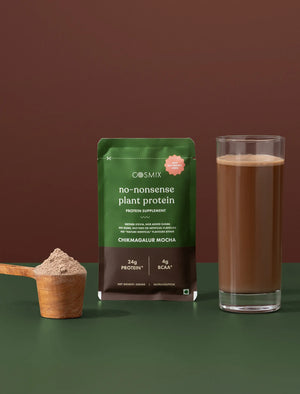Have you often heard from your parents, or grandparents or even your friend that they need to get their blood sugar in control? Growing up, I always thought only people who are at risk for diabetes need to be wary of their blood sugar. But when I started my own wellness journey I realised that it may not be the case. Blood sugar management is an essential for everyone (yes, not just for the middle aged) and it is connected to everything - weight, metabolism, acne, brain fog and more. In this article, I’ll explain the science behind blood sugar and why it is important to get it in balance.
Let’s start with blood sugar basics
Chapter 1: Glucose, our primary source of energy
We need energy to stay alive, and we get this from the food we eat - more specifically, glucose. Most of the food we eat is made up of glucose - broccoli, banana, bread, they all have it! When we eat food, our body starts to break down the carbs into glucose. The glucose travels through our bloodstream to cells where the glucose is further broken down (this process is called glycolysis) and releases energy in the form of ATP (adenosine triphosphate), or simply “energy currency” of the cell.
Chapter 2: Insulin - the key to locking away glucose
Insulin is a hormone released by our pancreas when glucose enters our bloodstream. Insulin acts like a “key” that helps glucose enter our cells. Our cells have tiny doors, called receptors, and insulin binds to these receptors which signals the cells to open and allow glucose in.
When there is excess glucose that our cells do not need, insulin stashes it away as glycogen in our liver and muscles to keep it out of circulation and protect us from damage. Whenever our body needs glucose, during exercise or in between meals, our body releases glycogen stores by quickly converting it back to glucose.
When things start to become troublesome
When we consume carbs too quickly our blood sugar tends to spike. And as we learnt above, when this happens insulin, the “key”, is released to “lock” away the glucose in our cells so that it is not floating free in our bloodstream.
But what happens when on a regular basis we consume more glucose than insulin can stash away? Insulin starts storing the excess glucose in our liver and muscles and when these stores fill up, the glucose gets converted into fat. These frequent glucose spikes overwhelm our body’s insulin response over time, making our cells resist the insulin, a.k.a insulin resistance. Due to this, our body produces even more insulin for the increased glucose that is floating around in our bloodstream. This persistent elevation of insulin levels is identified as the underlying factor contributing to conditions like obesity, type 2 diabetes, PCOS, and other health issues in the long run. (1)
Balancing, a delicate act
We should strive to avoid increasing our glucose levels by more than 30 mg/dL after eating.
The goal is to flatten the spikes, whatever your fasting level is, because it’s the variability caused by spikes that is most problematic. It’s years of repeated daily spikes that slowly increase our fasting glucose level, a pattern we discover only once that level is classified as pre-diabetic. By then, the damage has already started. Another way to describe flattening your glucose curves is reducing glycemic variability. The smaller the glycemic variability, the better your health will be. (2)
Some simple methods to reduce the spike
I’ll have a lot more blogs on this topic since it’s quite complex and vast. For now, I hope you enjoyed learning about the basics.
Disclaimer: This blog is intended for educational purposes only and does not include any product promotion. We strive to provide accurate and unbiased information and readers are encouraged to conduct further research or consult a professional before making any decisions based on the information provided in the blog.
Citations:











































